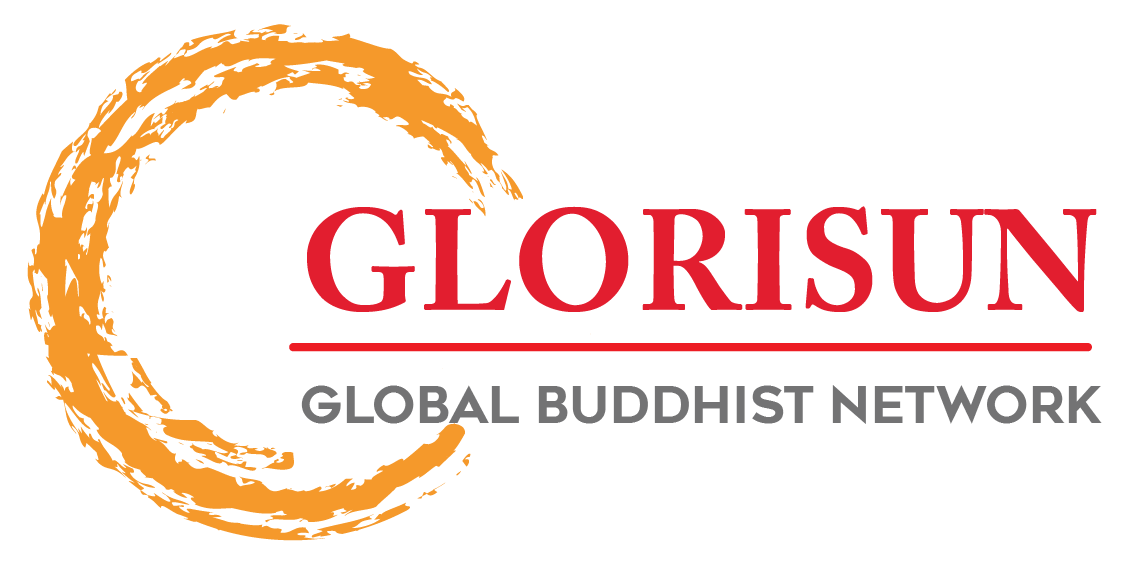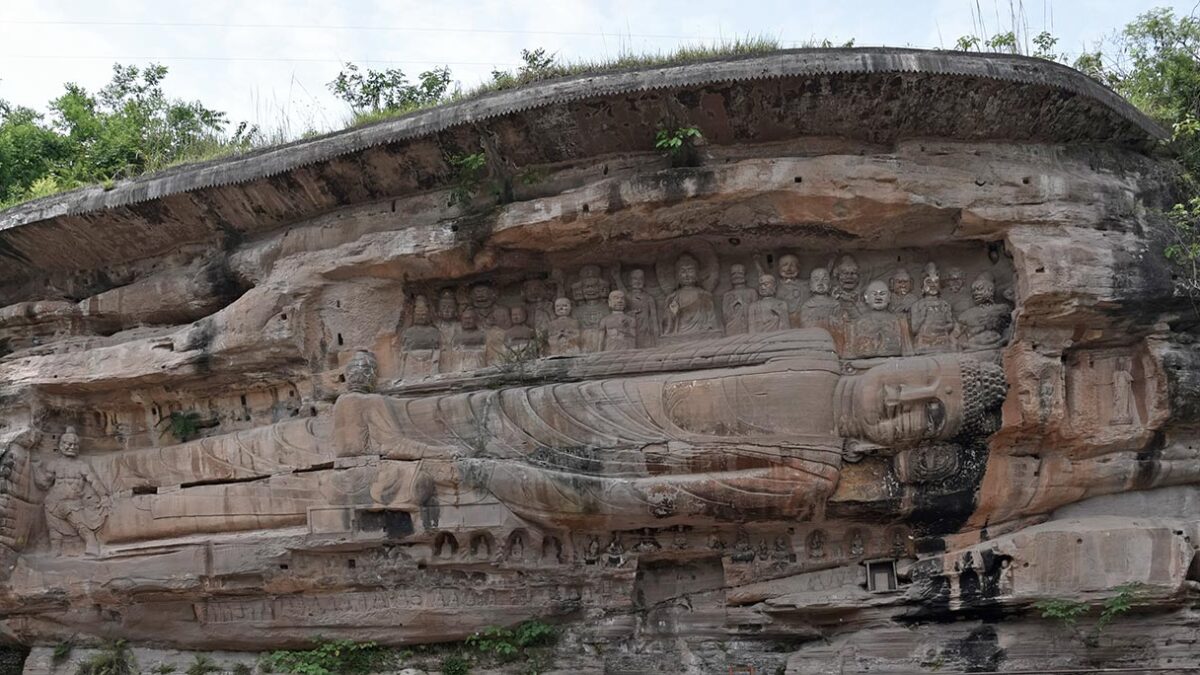Overview of Reclining Buddha, Wofo yuan 臥佛院. FROGBEAR Cluster 3.4, 2023.
Buddhism and Other East Asian Religions at the Grassroots: Change from the Ground Up
A Conference in Honour of Barend ter Haar
July 9–10, 2025
Inalco, Paris, France
| Abstracts | Panelists | Schedule | Reports |
This conference is sponsored by the Glorisun Charity Foundation 旭日慈善基金 and the China-Britain Trust for the Promotion of Buddhist Studies 中英佛學促進會, administered by the Glorisun Global Network for Buddhist Studies 旭日全球佛教研究網絡 (https://glorisunglobalnetwork.org) at Peking University (represented by its Research Center for Buddhist Texts and Art 北京大學佛教典籍與藝術研究中心) and at the University of British Columbia (represented by its FROGBEAR project www.frogbear.org), and hosted by the Centre d’études interdisciplinaires sur le bouddhisme (CEIB) and the Institut national des langues et civilisations orientales (Inalco) in Paris, France. It will take place from July 8, 2025 (arrival) to July 11, 2025 (departure) in Inalco.
It is a truism that a community is made up of the sum of its parts. However, when it comes to the study of religious communities and institutions in particular, scholars historically have been wont to look at “religions” as monolithic entities that have been outlined and defined in a top-down manner by a clerical elite. The study of a sectarian tradition was the study of a canon, and the liturgical as well as the ritual codes of the canon comprised the genuine article. This patently Protestant approach to religion guided the academic study of religion from the 19th into the 20th century. This was particularly true of the Western academic encounter of the “Orient” which often distilled foreign thought down to its textual tradition, while ritual practice and narrative literature (i.e. lived religion) were lumped into the category of the “vulgar”. In recent decades, however, there has been a welcome shift away from the top-down approach towards a more atomized study of East Asian religion. Attention is nowdirected at the actors—at a community or at an ecumenical level—who played roles in defining the fuzzy boundaries between one denomination and the next. This conference istherefore about the grassroot organization of communities—be they Buddhist, Daoist, Confucian, Christian, etc.—and how individual agents defined their belief within the broader historical context.
We warmly invite scholars from around the world to participate in this symposium, fostering dialogue on religious life in East Asia at the grassroots level.
The scope of this conference includes, but is not limited to
The organizing committee cordially invites the submission of papers related to the conference theme. We are now enrolling about 10-15 scholars from all over the world to join the approximately 20 scholars whose participation has been confirmed. All associated costs, including room and board during the conference, will be covered by the host institutions. Depending on necessity and the availability of funding, some travel cost may also be covered.
The conference will result in the publication of two collections of papers, one in Chinese and the other in English. Scholars who are confident in completing a draft of their papers by the end of June 2025 and can complete a publishable paper by the middle of October 2025 are encouraged to apply.
This conference is planned as part of our annual International and Intensive Program on Buddhist Studies.

